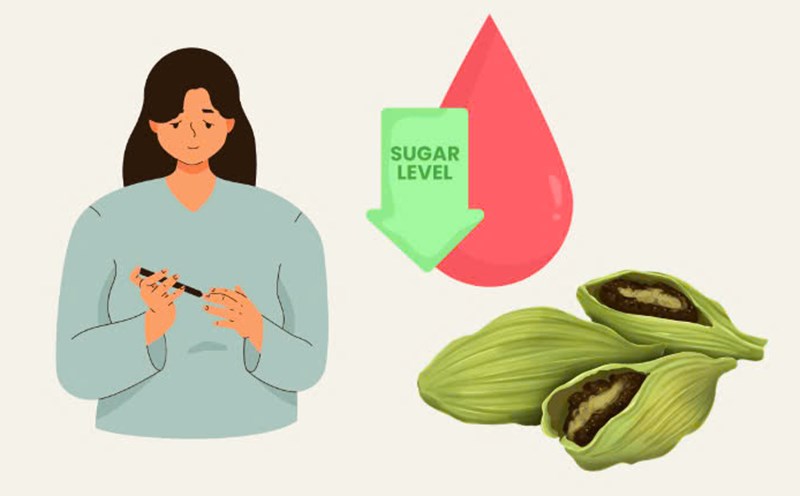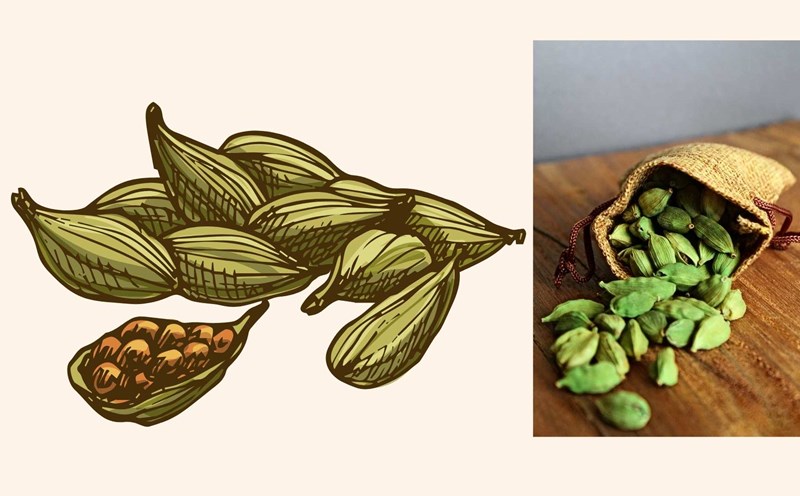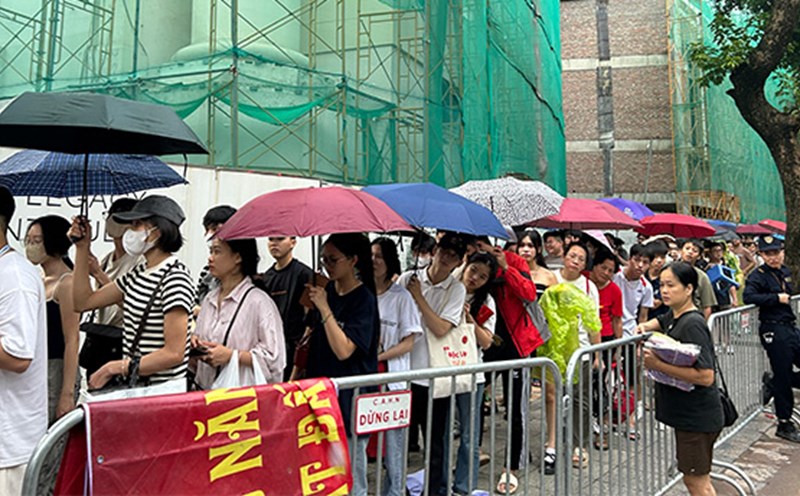On the mountain slope leading to Tao Van village (Chieng Hoa commune), groups of people carried boxes of red cardamom and cardamom scented fruits all over the mountains and forests.
This is the busiest time of the year, because the ripe cardamom only lasts for a few weeks, and people have to take advantage of the harvest to sell to traders in time.
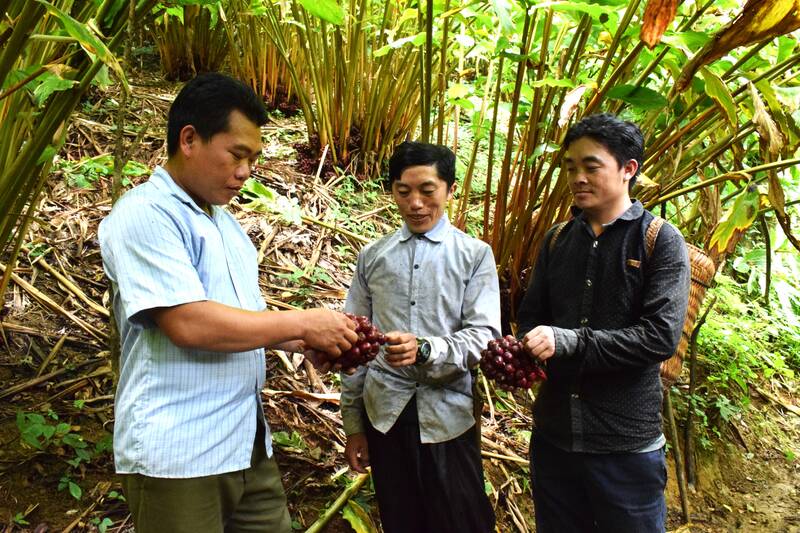
Mr. Mua A Cu ( among the first people to bring cardamom to grow in this land) shared that in 2011, he went to Mu Cang Chai (Lao Cai) to learn how to grow cardamom and bring the seeds back to try growing.
"Currently, my family has more than 5 hectares of cardamom, of which 3 hectares have been harvested, giving an average income of nearly 300 million VND per year. Thanks to the cardamom tree, my family has built a new house and our children have more complete education" - Mr. Cu said.
Mr. Mua A Sua - Secretary of the Tao Van village Party Cell - said that at first, only a few households were growing experimental fruits, but later seeing that the cardamom trees were highly economically efficient, many households switched to growing cardamom.
"Currently, the whole village has nearly 30 hectares of cardamom, with an annual output of about 40 tons of fresh fruit. The herb and fruit tree has now become the main crop of the villagers" - Mr. Sua said.
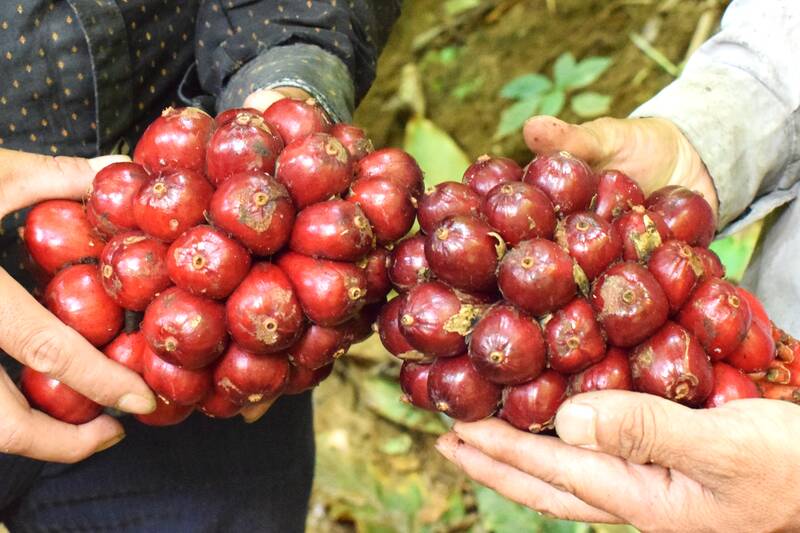
Mr. Cu A Dang - Chairman of Chieng Hoa Commune People's Committee - said that the whole commune currently has 168 hectares of fruit, of which more than 100 hectares have been harvested. This year, the estimated output is nearly 360 tons, with an estimated revenue of about 8 billion VND.
"The cool climate and large natural forests have created favorable conditions for the growth of cardamom trees. This is a crop that helps many households in the commune escape poverty and stabilize their lives, said Mr. Dang.
Xim Vang commune is considered the "capital" of Son La's fruit trees with over 300 hectares, with an output of over 470 tons per year.
Mr. Giang A Chu (in Pa Cu Sang village) - the first person to bring cardamom to grow in Xim Vang - said that in 2006, he took the seeds from Lao Cai to try growing 1ha, and found them suitable, so he expanded them to more than 3ha. Now, each year, the family earns over 10 tons of fruit, earning more than 200 million VND.
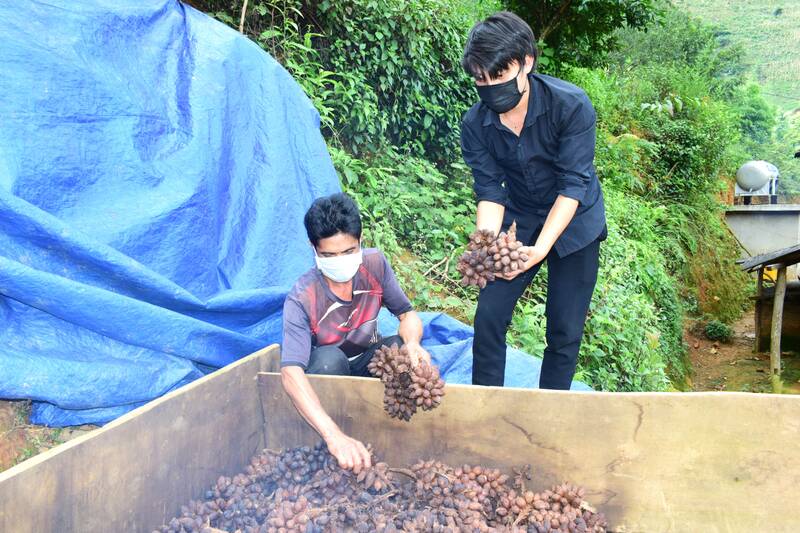
"I also encourage people in the commune to convert crops to cardamom, both to bring in high income and to preserve the forest. Now, in Xim Vang, more than 90% of households grow cardamom, few households also earn 30 - 40 million VND, many households earn 150 - 300 million VND per year" - Mr. Chu shared.
According to the Department of Agriculture and Environment of Son La province, the whole province currently has more than 450 hectares of herbs grown under forest canopy, concentrated in the communes of Chieng Hoa, Co Ma, Chieng Muon, Xim Vang, Ta Xua... Of which, over 300 hectares have been harvested, with an annual output of nearly 1,000 tons of fresh fruit.
The yellow fruit is purchased by traders on the spot, with prices ranging from 120,000 - 150,000 VND/kg of dried fruit. At the time of depreciation, it also reached 80,000 - 100,000 VND/kg. For fresh fruit, the purchase price also ranges from 20,000 - 25,000 VND/kg. On average, each hectare brings in an income of 40 - 80 million VND per year.
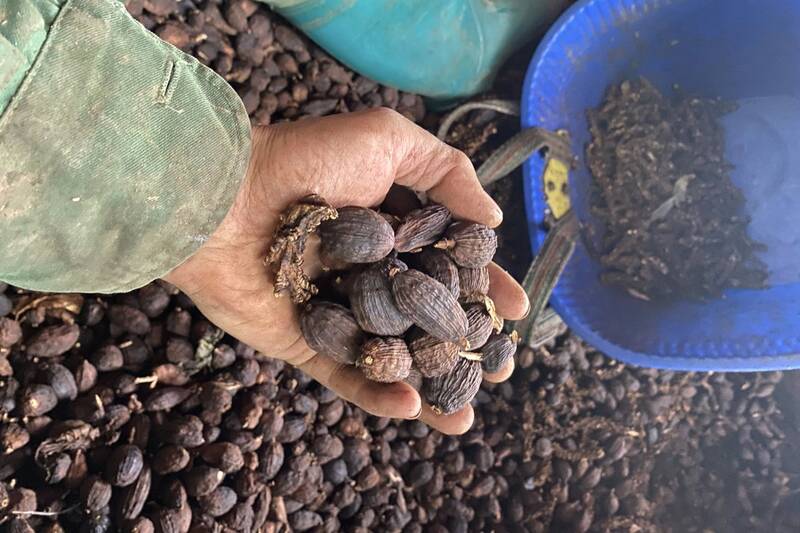
"Some localities are developing dried cardamom products to achieve a 3-star provincial-level OCOP, and at the same time set a target of expanding by 2030 by 100 hectares" - said a representative of the Department of Agriculture and Environment of Son La province.
From a medicinal herb brought to experimental planting, up to now, cardamom under the forest canopy in the mountainous area of Son La has become a crop to help people escape poverty and get rich.


